Media | Articles
You can cheap out on these 5 tools
When do-it-yourself types talk about tools, they usually fall into one of two groups: Those who declare that premium tools are the way to go, and those who argue that, based on the average quality of today’s tools, paying more just isn’t worth it. The truth likely falls somewhere in between, especially once you consider that some tools get picked up more often than others. Still other tools, if they fail, have unusually high consequences.
When assembling their toolbox, everyone has a budget. Where can you cut a few corners, perhaps to justify buying a few higher-end ones? We dug around and found five garage must-haves. With these, the budget option carries no penalty—and just might be your best bet.
Pliers
I own some pricy pliers, and I’m constantly passing them over to grab a cheap set, one that can get little damaged or soaked in oil and not make me feel guilty. Does that mean I am too protective of my “nice tools?” Maybe, but it also means I probably could get by with only the budget-friendly option.
Remember those Snap-On pliers that made the rounds on social media awhile back, the ones you could use to pick up a nickel by its edge? Let’s call a gimmick a gimmick. In a home shop, you rarely need the precision offered by those pliers. They are likely easily damaged if used improperly, too.
Hacksaw
Saw blades are a place to shell out, but the actual hacksaw? Even the cheapies seem to last long enough to crop up at estate sales. After all, there aren’t many ways to improve on the recipe: a metal frame, plastic handle, and threaded adjustment for the blade tension.
Marketplace
Buy and sell classics with confidence
Hacksaws can be found for as little as $5 or $6, and those of us who just work on cars at home are unlikely to notice or truly appreciate the more expensive options.
Flashlights
At some point, light is light. Flashlights can get expensive, and while it’s very likely some are worth the premium, most are just the same switches and bulbs in a “fancier” case. I’ve never needed a truly waterproof flashlight in my garage. I’ve never needed to use one as a hammer, either.
If taken care of with even a small amount of respect, like keeping fresh batteries installed to keep the corrosion out, cheap lights work for a long time at practically no cost.
Extensions
Not extension cords, but socket or ratchet extensions. So long as the machining for the two precision parts—where the ratchet and socket engage—is right, you’re pretty well good to go. Again, when used properly, extensions aren’t going to wear out: If you’re using hand tools, you’re unlikely to put enough torque on a garden-variety one to twist or break it.
(You shouldn’t be using one as a punch, anyway. We know you’ve never done that. Right?)
Organization
At the end of the day, your toolbox is your toolbox. If you know where things are, that is good enough. Some people prefer borderline- over fully organized tool storage, but we all find what works for us.
When you’re pinching pennies, fancy organizational inserts are low-hanging fruit. There are also a lot of truly budget DIY solutions for toolbox organization that require only medium effort.
***
There is a fine line between buying the right tool for the job and spending so much on tools you don’t have anything left for the actual project. Sometimes a tool’s value doesn’t align with its price. Be a little frugal: At first, you might feel like you’re cutting corners, but after a while, you’ll notice the cash saved, and your wallet will be better prepared for that last-minute Marketplace purchase that “just needs carb work.”
***
Check out the Hagerty Media homepage so you don’t miss a single story, or better yet, bookmark it. To get our best stories delivered right to your inbox, subscribe to our newsletters.

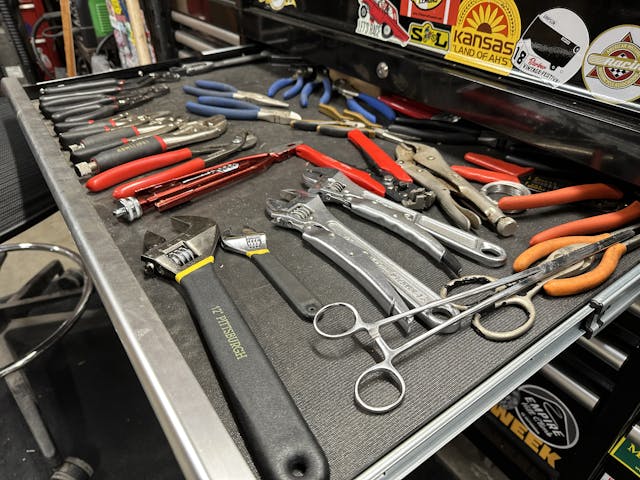
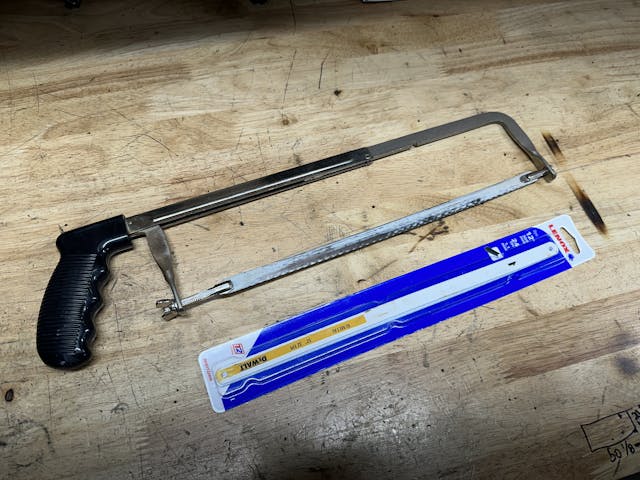








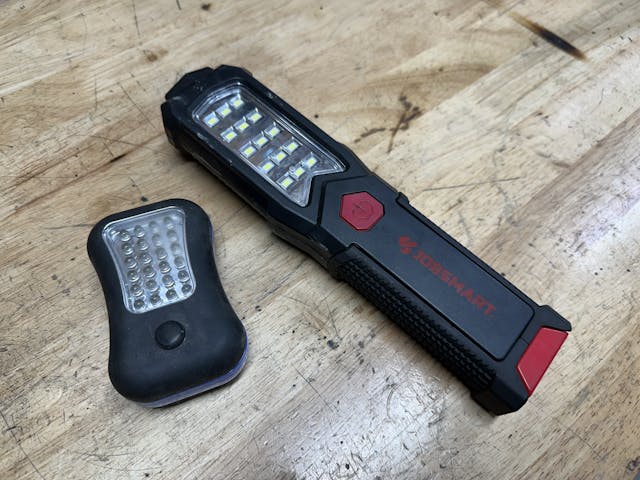
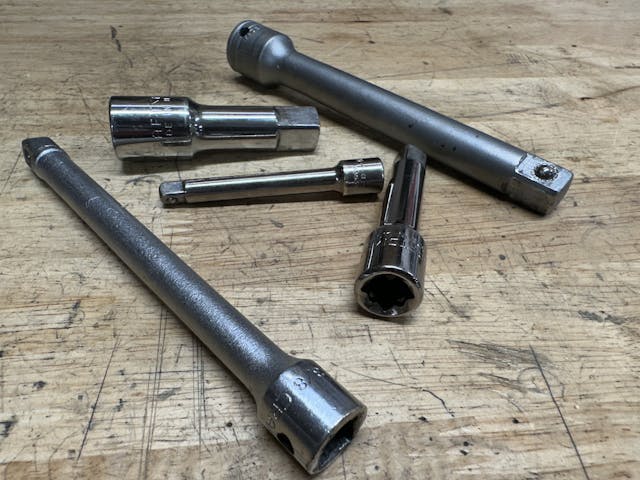
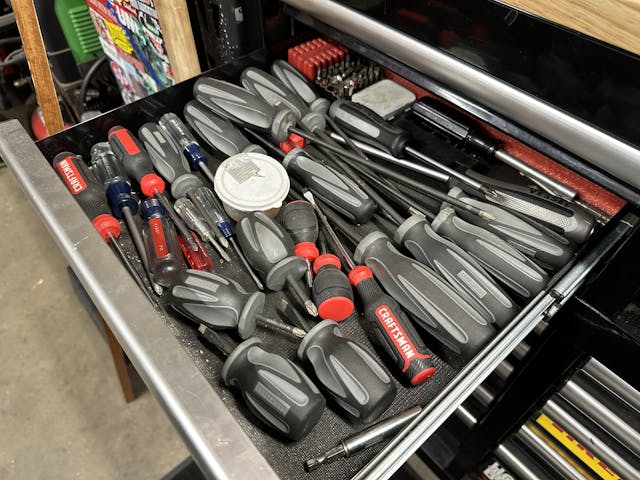







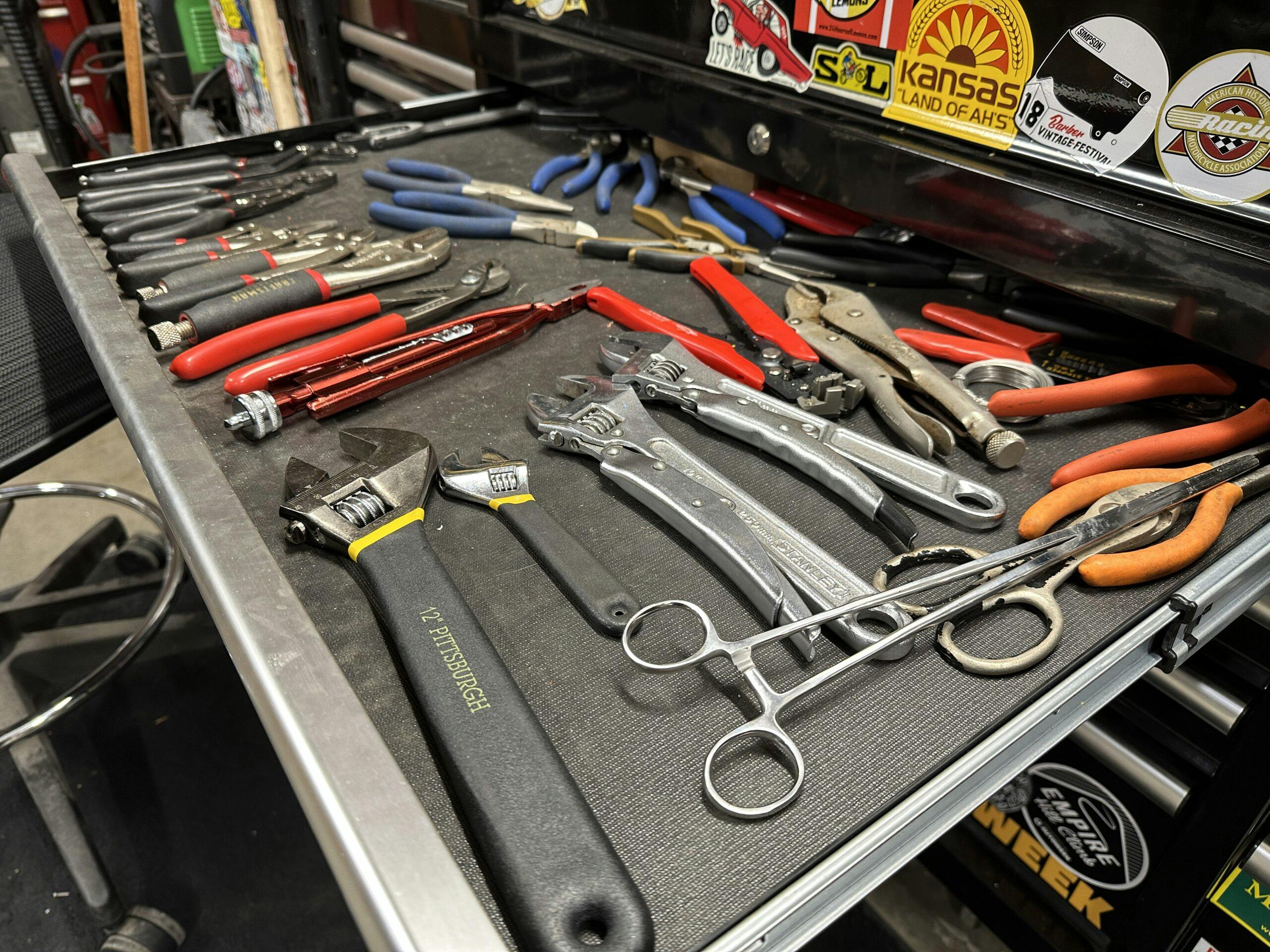
C-T pliers used to be $1.99, and in a box on the counter of every jobber around.
I’ve probably still got 3 or 4 pair of ’em. God knows how old they are…
I mostly have good quality pliers apart from one pair of Harbor Freight. I find it’s worth it to have pliers with parallel jaws and solid pivots so when you grab stuff fit stays grabbed. I’m willling to go cheaper on stuff like hammers, tool boxes and the like. I have a Harbor Freight cabinet that doubles as a workbench and some 30 year old Sears boxes that do fine. I also use $5 HF multi-meters because I can have several in case I misplace or break one.
When using the name Harbor Freight you need the word not if the word quality is also in the sentence.
The hacksaw you show will bend and twist. You need a good frame which will not give when you use it. Also, many people do not use it properly. It’s important to use the correct blade for the job. I’ve seen many people put the blame in backwards and wonder why it wasn’t cutting properly. One hand is a no no. One hand on the handle pushing and the other on the front slightly pulling and guiding. Only cut on the fore stroke. Relax on the back stroke. Todays lesson has ended. (Sorry I get carried away with amateurs and people who won’t listen)
My screwdriver drawer looks just like that. Phillips heads face right, straight blades face left.
The screwdriver drawer looks familiar… Best tip I ever had for organization is slotted drivers point right, Phillips drivers point left.
Funny how this article about five tools in particular you might consider skimping on became a pitch for investing in higher end tools, many outside the scope of the original article. If the cut really has to be that straight, it goes on the Bridgeport after my $3 hacksaw.
I find a magnetic fender protector is in valuable. Stays put on fender and tools on it do not roll or fall off. Love it. Also love the large” Yankee” brand screwdriver with replaceable bits. Its great for wood projects. No batteries or cord needed. One push screws goes all the way in. Beautifully well made ratcheting system.
The authour is missing out on an easy opportunity to organize those screwdrivers. I set my phillips drivers to point right and my standard drivers to point left. That makes it easier to find what I’m looking for.
Good suggestion. If you look close there is only one or two outliers but the rest or organized just how your are describing.
Right again on all counts EXCEPT the hacksaw frame. I work as an Engineer aboard a Merchant Ship and have on many occasions received those cheap folding hacksaw frames which bend and break under stress. Initially we would try to use them only to get frustrated and have to order proper rigid tools, then sometimes I would rejoin the vessel and someone ordered the cheap frames again. Finally I ended up throwing them away upon receipt, it just isn’t worth trusting an untrustworthy tool!!
I travel to sites with my tools. In the past always bought the best tools, and ended up losing many pieces to thieves and other “borrowers”. Started buying the cheap tools, now they leave ’em alone.
At the first place I worked, my benchmate told me that a set of Snap-On tools would probably be stolen by lunchtime. He recommended Craftsman, and I’ve been pleased with that choice.
Anyone who skinned a knuckle or got cut using a cheap tool that broke in use will tell you why having a better made one is a must . I have many scars from the use of stuff that broke. Shop for used quality hand tools at yard sales and flea markets , this will make your money go farther too .
Can’t agree on cheap pliers, especially needle nose (which is what I use the most). Look at the tips on cheap versions. They seldom are symmetrical and often don’t line up side to side.
Cheap pliers and cheap adjustable wrenches are two of the most aggravating things I own. I don’t recommend ever skimping on these items no matter how little they get used. You don’t necessarily need Snap-on but at least spring for Channelock. Stay away from Pittsburgh unless you are into tool-shaped paper weights.
I disagree when it comes to organization. A socket organizer is a necessity. It saves a huge amount of time and you can rest assured that the 10mm slot will always be empty.